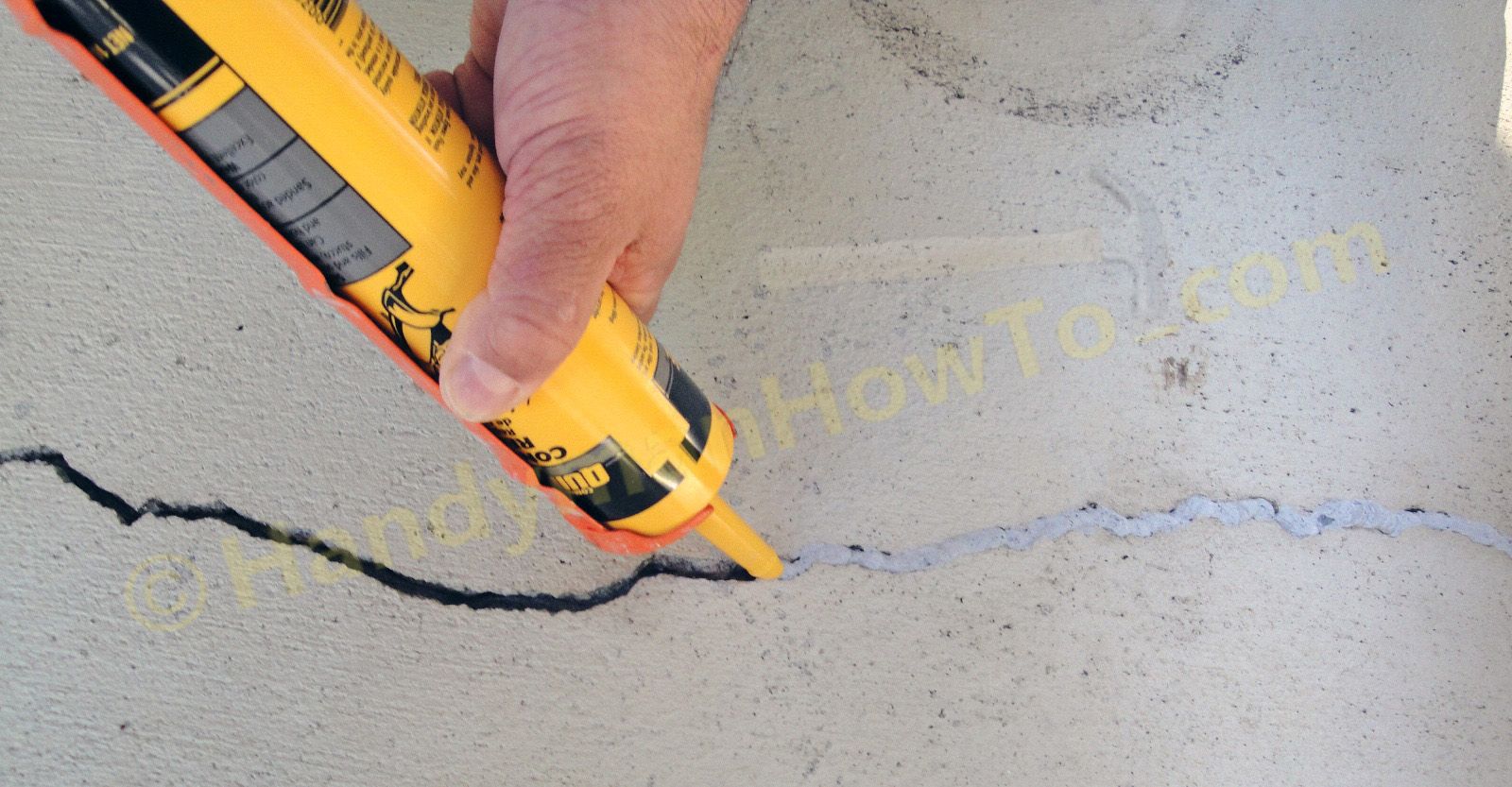Welcome! This comprehensive guide covers everything about concrete decks, from initial planning to long-term care. Whether you’re a seasoned DIYer or considering hiring a professional, this resource will equip you to create a durable, beautiful, and low-maintenance outdoor living space.
Designing Your Dream Concrete Deck
Before breaking ground, careful planning is essential. Consider the following:
- Location, Size, and Shape: Where will your deck be situated? How large do you envision it? What shape best complements your home and landscape?
- Drainage: Proper drainage is crucial. Analyze the natural water flow in your yard to avoid future issues.
- Design Elements: Concrete offers surprising versatility. Explore options like stamped concrete (mimicking brick or stone), staining, built-in lighting, seating, and even a fire pit to create your ideal outdoor retreat.
Building a Raised Concrete Deck
Building a raised concrete deck can be a manageable project when broken down into key steps:
1. Footings and Foundation
Footings are the anchors of your deck. They must support the concrete’s weight and anything placed on it. Consider your soil type and local frost line (the depth to which the ground freezes) to determine the appropriate footing type. Consulting local building codes or a professional is highly recommended.
2. Framing and Formwork
The framing acts as the deck’s skeleton, while formwork shapes the concrete pour. Strong, precise forms ensure the concrete cures correctly. Accurate measurements and sturdy bracing are critical in this phase.
3. Rebar and Wire Mesh
Rebar (reinforcing bar) and wire mesh strengthen the concrete and prevent cracking. Proper placement is crucial, so consult a structural engineer or experienced builder to ensure code compliance and longevity.
4. Concrete Pouring and Finishing
Mixing the concrete to the right consistency is vital. Pouring it evenly into the forms requires patience and skill. Finishing techniques, like troweling and brushing, create the final look. Color or texture can be added during this stage.
Building a Deck Over an Existing Concrete Slab
Building on an existing slab can be simpler:
1. Surface Preparation
Clean the existing slab thoroughly, removing debris and loose concrete. Repair cracks or uneven areas. Address drainage to prevent water pooling under the new deck.
2. Framing and Attachment
Securely attach the deck framing to the slab using concrete screws or adhesives. The best method depends on your project’s specifics; research and expert advice are beneficial.
3. Decking Material Selection
Consider composite decking for durability and low maintenance or treated wood for a more natural look (requiring more upkeep). Factor in your budget, aesthetics, and local climate.
Maintaining Your Concrete Deck
While durable, concrete decks benefit from regular care:
- Cleaning: Regular cleaning prevents dirt buildup.
- Sealing: Sealing protects against stains and moisture.
- Repairs: Address cracks or chips promptly to prevent larger problems.
Concrete vs. Other Decking Materials
Weighing the pros and cons of concrete compared to other materials is important:
Cost Considerations
Concrete may have higher upfront costs than wood or composite but often lasts longer and requires less maintenance. Factor in materials, labor, and desired features when comparing costs.
Pros and Cons of Concrete Decks
Pros:
- Durability: Withstands weather and heavy use.
- Low Maintenance: Minimal upkeep compared to wood.
- Design Versatility: Can be shaped, stamped, and colored.
- Increased Home Value: Enhances curb appeal.
Cons:
- Initial Cost: Can be higher than other materials.
- Heat Absorption: Can get hot in direct sunlight. Consider shade solutions.
- Weight: Can be a factor for raised decks.
Whether you’re looking to design your own container home or simply browse some inspiring ideas, our container home blueprints are a great place to start. With a range of styles and sizes to choose from, you’re sure to find the perfect plan for your needs. If you’re looking for a more traditional home design, our contemporary ranch house plans offer a great balance of style and functionality. These plans are perfect for families of all sizes, and they come with a variety of features to choose from, such as open floor plans, large windows, and spacious kitchens.
Is a Concrete Deck Cheaper Than a Wood Deck?
Choosing between concrete and wood is a common dilemma. Initial costs, long-term expenses, maintenance, aesthetics, and resale value all contribute to the decision.
Initial Costs
Concrete is often initially cheaper per square foot. However, higher-end options like stamped concrete or pavers can narrow the gap. Wood decks using premium materials will significantly increase the initial cost.
Long-Term Costs
While concrete might seem cheaper upfront, potential cracking and repairs can add up over time. Wood requires ongoing maintenance like staining and sealing, potentially exceeding concrete’s long-term costs.
Maintenance
Concrete boasts low maintenance, needing only occasional cleaning and sealing. Wood requires more frequent attention, including staining, sealing, and occasional board replacement.
Aesthetics and Resale Value
Wood often holds higher aesthetic appeal and resale value due to its natural warmth and design flexibility. Concrete, while customizable through staining and stamping, may not achieve the same level of charm.
Comparison Table
| Feature | Concrete | Wood |
|---|---|---|
| Initial Cost | Likely Lower | Likely Higher |
| Long-Term Cost | Can increase due to repairs | Can increase due to maintenance/repairs |
| Maintenance | Low | Higher |
| Aesthetics | Customizable, but may be less appealing | Often more appealing, greater flexibility |
| Resale Value | Can increase home value, but potentially less than wood | Generally higher increase |
Ongoing research into building materials suggests new options and best practices are constantly emerging. Consider all long-term implications before making your decision.
Can a Deck Be Made of Concrete?
Absolutely! Concrete’s versatility extends beyond driveways and sidewalks. Concrete decks offer durability, low maintenance, and design flexibility.
Types of Concrete Decks
- Poured Concrete Slabs: A versatile, cost-effective base for various finishes.
- Patio Pavers: Mimic natural stone with enhanced durability.
- Stamped Concrete: Cost-effectively replicates wood, brick, or other materials.
- Travertine/Travertine Tile: Luxurious option, often used over a concrete base.
- Concrete Coatings: Enhance appearance, add texture, and improve slip resistance.
Building a Concrete Deck
Simpler concrete slabs can be DIY projects, while complex designs or elevated decks are best left to professionals. Pre-cast concrete deck blocks are often used for elevated decks, distributing weight efficiently.
Concrete as a Foundation
Concrete makes a superb base for composite decking and other surfacing materials like tile, pavers, or natural stone.
Building Over Existing Concrete
Assess the existing slab’s condition before building. Elevate the new deck using sleepers for proper drainage and air circulation.
Concrete vs. Wood:
| Feature | Concrete | Wood |
|---|---|---|
| Durability | Extremely High | Moderate |
| Maintenance | Very Low | Requires Regular Maintenance |
| Initial Cost | Can be lower | Typically higher |
| Design Options | Highly Versatile | Versatile |
| Installation | Can be DIY for simpler projects | Usually requires professionals |
Ongoing research in concrete technology suggests evolving best practices. Consider local climate and soil conditions. Consult local professionals for tailored advice.
Is a Concrete Patio Cheaper?
Determining whether a concrete patio is cheaper requires considering both initial and long-term costs.
Initial Cost
Concrete patios often have lower initial costs per square foot than wood decks. However, factors like size, design complexity, and labor costs influence the overall price.
Long-Term Cost
Concrete’s low maintenance translates to lower long-term costs, while wood necessitates regular staining, sealing, and eventual replacement.
Factors Affecting Cost
- Size: Larger patios increase costs.
- Design Complexity: Intricate designs or stamped concrete add to expenses.
- Labor Costs: Local rates significantly affect installation costs.
- Permits: Permits can add to project costs.
- Patio Coverings: Roofing, pergolas, or pavilions will increase expenses.
Concrete vs. Wood:
| Feature | Concrete Patio | Wood Deck |
|---|---|---|
| Initial Cost | Generally Lower | Generally Higher |
| Maintenance | Low | Moderate to High |
| Lifespan | Long | Moderate |
| Aesthetics | Versatile | Natural |
| Resale Value | Can Increase Home Value, potentially less than wood | Can increase home value, depreciates faster |
While concrete is often initially cheaper, the best choice depends on individual circumstances, priorities, and long-term considerations. Consulting with reputable contractors for multiple quotes is recommended.
- Covers for Pipework: A Complete Guide to Materials, Installation & More - April 17, 2025
- Dog Patio Door Inserts: A Comprehensive Guide to Choosing & Installing - April 17, 2025
- Dresses with a Bow at the Back: A Complete Style Guide - April 17, 2025










